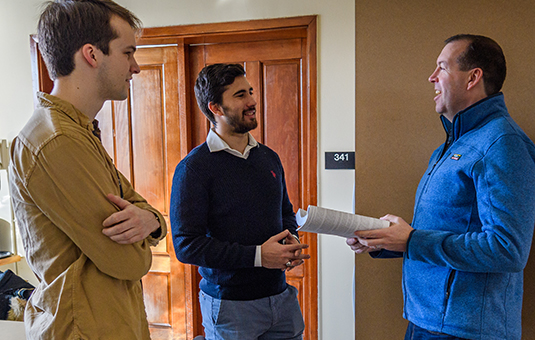Computer Science
A direct measure for the efficacy of Bayesian network structures learned from data
Abstract
Current metrics for evaluating the performance of Bayesian network structure learning includes order statistics of the data likelihood of learned structures, the average data likelihood, and average convergence time. In this work, we define a new metric that directly measures a structure learning algorithm's ability to correctly model causal associations among variables in a data set. By treating membership in a Markov Blanket as a retrieval problem, we use ROC analysis to compute a structure learning algorithm's efficacy in capturing causal associations at varying strengths. Because our metric moves beyond error rate and data-likelihood with a measurement of stability, this is a better characterization of structure learning performance. Because the structure learning problem is NP-hard, practical algorithms are either heuristic or approximate. For this reason, an understanding of a structure learning algorithm's stability and boundary value conditions is necessary. We contribute to state of the art in the data-mining community with a new tool for understanding the behavior of structure learning techniques. © Springer-Verlag Berlin Heidelberg 2007.



